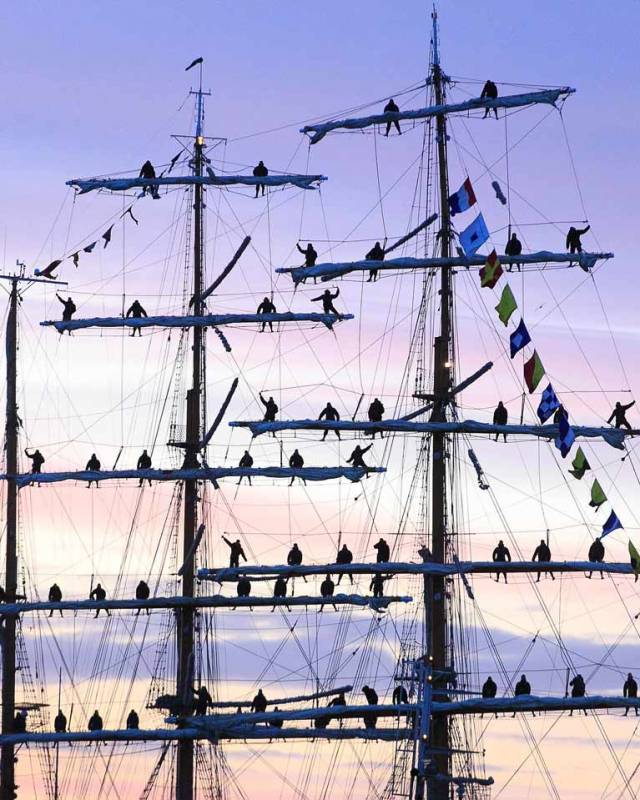As the main gateway for trade in and out of Ireland, 2019 has been a year of exceptional progress and growth at Dublin Port on several fronts
No. 11 Liffey Ferry returns
The start of 2019 saw the return of an old favourite on the River Liffey with the re-launch of Dublin’s original No. 11 Liffey Ferry after a 35-year absence. The much-loved ferry service had been vital in linking the North and South docks communities but was decommissioned in 1984 following the completion of the East Link Bridge. Affectionately known as ‘the dockers’ taxi’, Dublin Port Company purchased the boat in 2016 from Ringsend man and former port worker Richie Saunders. Richie had salvaged and preserved the ferry, hoping one day to see her back on the River. A joint restoration project by Dublin Port Company and Dublin City Council saw the ferry restored to her former glory and given a new lease of life. Now operated by the Irish Nautical Trust, she can be seen ferrying a new generation of passengers between the 3Arena, Sir John Rogerson’s Quay and North Wall Quay.
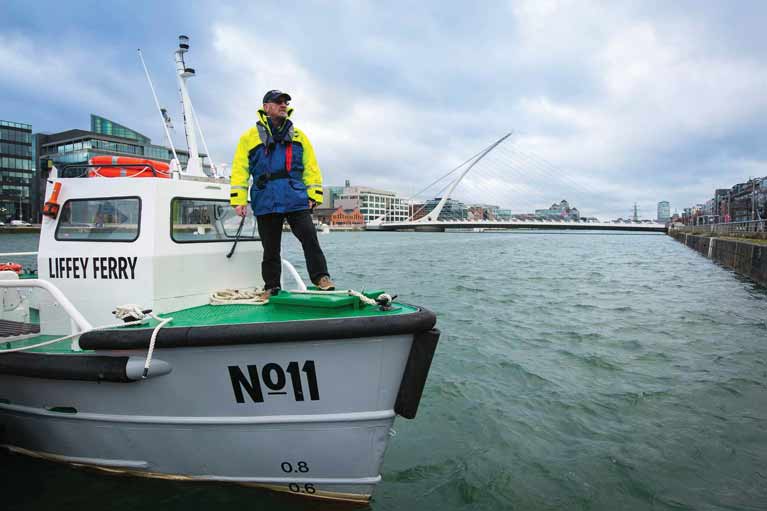 The much-loved No.11 Liffey Ferry service returned in 2019
The much-loved No.11 Liffey Ferry service returned in 2019
MV Laureline Sails Direct
With 8,000 ship arrivals per year, Dublin Port is a hive of activity all year round. In recent years, Ro-Ro services on direct routes between Dublin and Continental Europe (Rotterdam, Zeebrugge and Cherbourg) have commenced and large new ships such as CLdN’s MV Celine and Irish Ferries’ W.B. Yeats have been deployed. In March 2019, we welcomed the addition of CLdN’s MV Laureline, now the second biggest freight ferry to service Dublin Port and a sister ship of the Brexit Buster MV Celine. Her first departure from Dublin Port coincided with “Brexit Day”, the original date of March 29th when the UK was expected to exit the European Union.
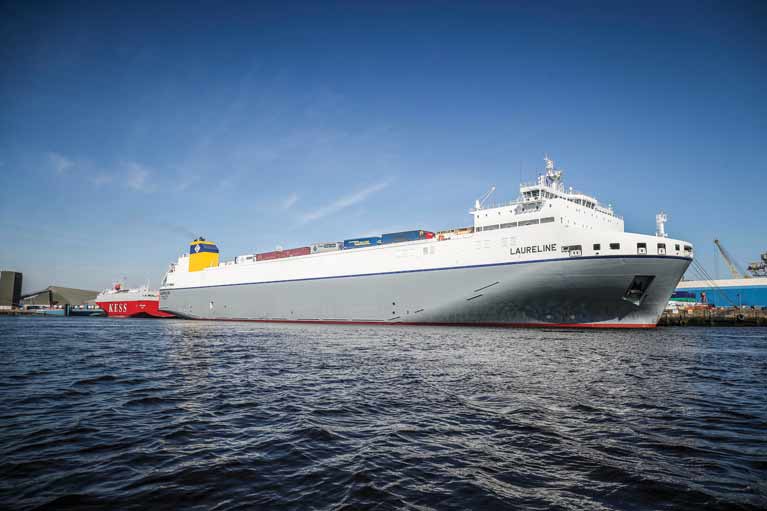 CLdN’s MV Laureline, now the second-biggest freight ferry to service Dublin Port and a sister ship of the Brexit Buster MV Celine
CLdN’s MV Laureline, now the second-biggest freight ferry to service Dublin Port and a sister ship of the Brexit Buster MV Celine
Brexit
Preparations for Brexit continued during the year, with Dublin Port providing the lands and infrastructure required by State Agencies for primary and secondary border inspection posts. Combined, the new set of inspection facilities spans almost 8 hectares of land within the port estate and follows a €30 million investment by Dublin Port Company in both the construction and the acquisition of assets to facilitate this.
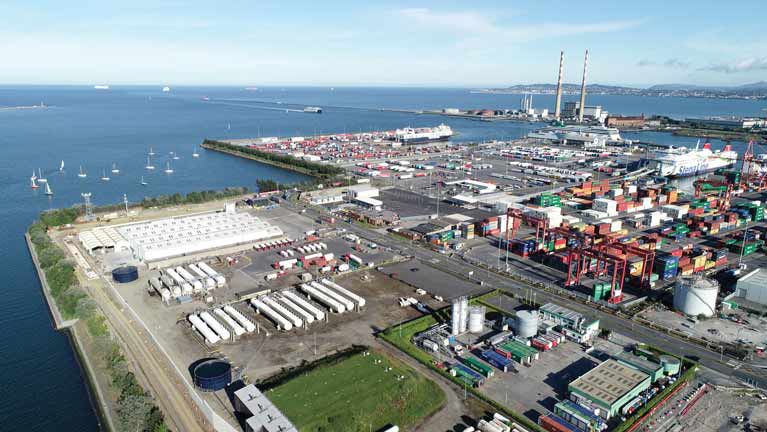 The MP2 Project will involve development works within existing port lands
The MP2 Project will involve development works within existing port lands
Future of Cruise Tourism
It is within the context of the ABR Project that the company has launched a public consultation on the future of cruise tourism at Dublin Port, seeking the views of stakeholders as to the appetite of the City for large-scale cruise tourism; as well as environmental considerations, specifically air emissions and the financial challenge of funding the proposed new cruise berths. During the year, it was also announced that the port would temporarily limit the number of cruise ships calling at Dublin Port to approximately 80 for the period 2021 – 2023 in order to facilitate works on Alexandra Basin.
Treading the Boards
The company’s arts commissioning programme Port Perspectives celebrated life in the port and docklands communities with a Year of Theatre, which saw three Irish theatre companies commissioned to create original plays. Audiences came from far and near to see In Our Veins by Lee Coffey, a co-production between Bitter Like A Lemon and the Abbey Theatre, What Lies Beneath - Port Stories by The Lir Academy and Ringsend College, and Last Orders at the Dockside, an Abbey Theatre production by acclaimed playwright Dermot Bolger.
 St Patrick’s Rowing Club Regatta
St Patrick’s Rowing Club Regatta
Life on the River
During the year, the River Liffey was home to a host of events supported by Dublin Port Company including the Poolbeg Yacht Club Regatta, Clontarf Yacht Club Regatta, East Wall Water Sports Regatta, All in a Row charity event, Dublin Currach Regatta, St. Patrick’s Rowing Club Regatta, Stella Maris Rowing Club Regatta, the Hope Row, the “Three Bridges” Liffey Cruise and the Liffey Swim. These important events in the local sailing calendar provide an opportunity for local communities to come together and celebrate life on the River Liffey in all its forms.
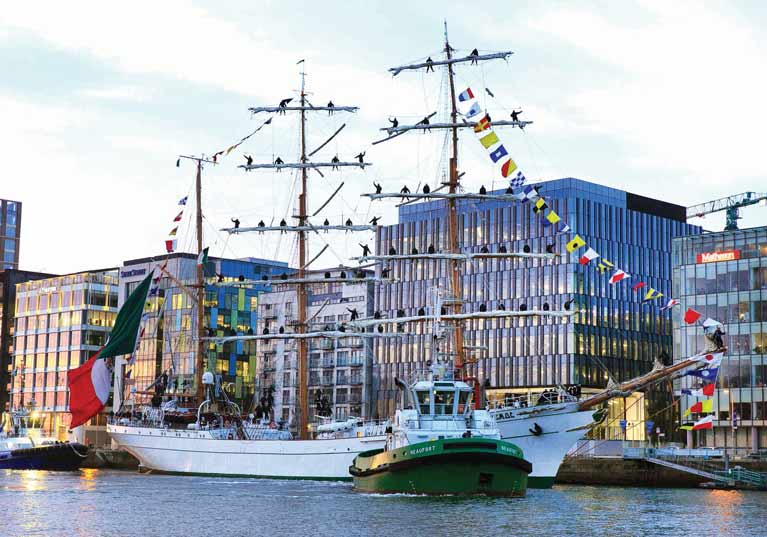 Majestic Tall Ships on the Liffey
Majestic Tall Ships on the Liffey
History in the Making
Historical maps, engineering drawings and photographs continue to emerge and be displayed online as the Port Heritage team progresses with the digitisation of thousands of images from Dublin Port’s 300-year-old archive. The material gives a fascinating insight into life at the port down through the ages and has proven invaluable to a host of local history events, talks, tours and evenings this year, including an exhibition celebrating the Bicentenary of Bullock Harbour, organised by the Dublin Port Archive in association with Bullock Harbour Preservation Association and dlr LexIcon.


























